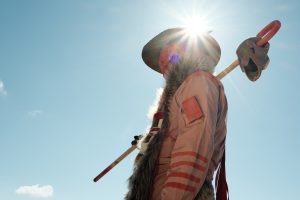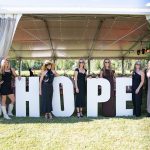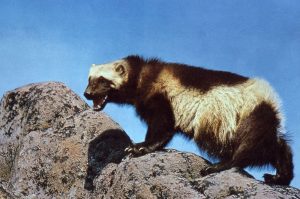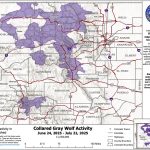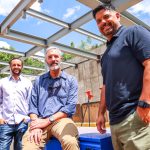Whistles are calling: Indigenous artist featured at Aspen’s AIR Festival
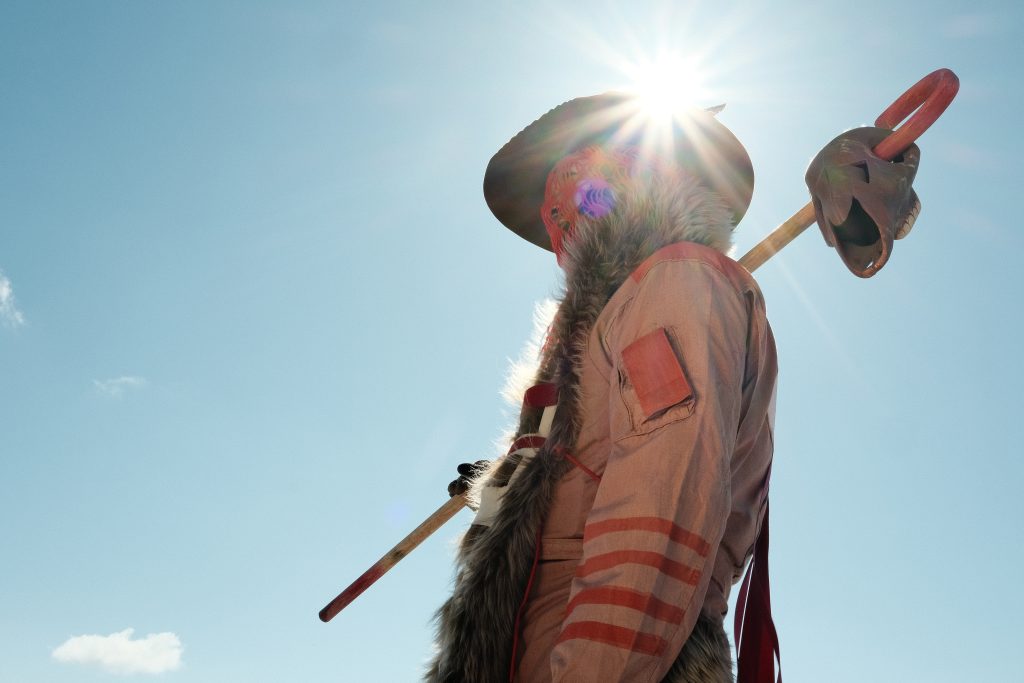
Gabriel Fermin, Garth Greenan Gallery and Cannupa Hanska Luger/Courtesy photo
Indigenous Artist Cannupa Hanska Luger’s installation of five ceramic whistles, titled “Volume,” is part of the inaugural 2025 Aspen AIR Festival’s “Life As No One Knows It.”
The ceramic whistle sculptures will only be on display through the end of the summer at the Aspen Art Museum.
On his way into town last week, the charismatic Luger lost his phone after it flew out of his car and had to be replaced, and there’s a touch of irony in the incident. Luger was en route to debut a sonic art installation, while his own means of communication was temporarily stifled.
“I am on my way into Aspen, and I pitched my phone off the hood of my car at 60 miles per hour!” Luger said of the snafu.
Fortunately, Luger quickly secured a replacement phone in Basalt. Yet the irony didn’t end there —. Luger’s installation for the festival was temporarily hushed when he realized he had to reduce the volume so it would be suitable for Aspen locals as it emanated into the landscape.
Yet grit is part of his persona, and nothing deters him as he shares his sonic and spatially immersive works, blending imaginative ideas with technology.
“I am always happy with interpretation at whatever level. The work is presented in a dynamic spot, a spot that isn’t easily or usually a location for an exhibit,” Luger said, who is all for collective empowerment.
Luger also credits persistence as a necessary ingredient for creating iterative work. “Volume” is a site-specific piece that was designed and reconstructed specifically for Aspen — even more, it’s hyperlocalized to fit the stairwell leading up from the exterior at the Aspen Art Museum.
“The museum’s stairwell is the site that we thought would be kind of most relevant to access as far as having people around to communicate what the project is. It’s a sonic piece, and so it draws attention from not just within the museum but from the neighborhood,” Lugar said.
Luger originally created this work around how a handful of clay can fill up an entire space. Then, the clay transformed into a whistle. In the exhibit, compressed air and composition play through the five whistles every hour, with the sound originating from a globular flute.
“I’m hoping that the sound is the point of inquiry, you know, ‘where is the sound coming from?’ It is people’s interpretation that allows the work to have many meanings,” Luger said.
The New Mexico-based artist’s social media refers to him as “making art to introduce new methodologies, ideas, and speculative technologies that reflect indigenous innovation and shift collective thinking.”
As an indigenous artist, Luger is enrolled in three affiliated tribes of the Fort Berthold Reservation and of Mandan, Hidatsa, Lakota, Arikara, Austrian, and Norwegian heritage. Luger regards his background as an anchor for him to know what it means to belong to a place and what it means to be part of something greater than yourself. He uses this knowledge for motivation to keep pursuing his craft.
Luger’s art spans installations, sculpture, sound, and environment — winning him the Guggenheim Fellowship in 2022. Luger’s work remains as part of major institutional collections, like the Denver Art Museum and Yale University Art Gallery.
Whistles are calling: Indigenous artist featured at Aspen’s AIR Festival
Indigenous Artist Cannupa Hanska Luger’s installation of five ceramic whistles, titled “Volume,” is part of the inaugural 2025 Aspen AIR Festival’s “Life As No One Knows It”
Aspen area included in ‘release zone’ for wolverine reintroduction
The Aspen area has been included in one of three general release zones for the reintroduction of wolverines into the state, according to preliminary information from Colorado Parks and Wildlife’s developing plan.

